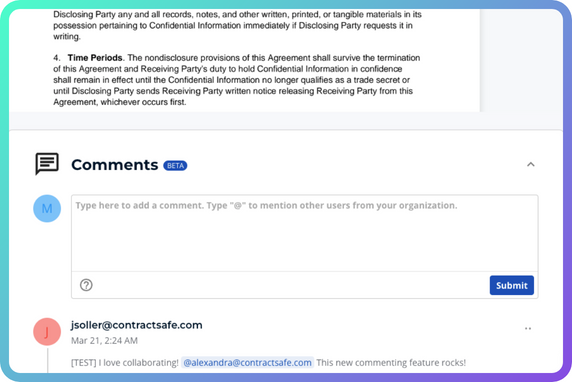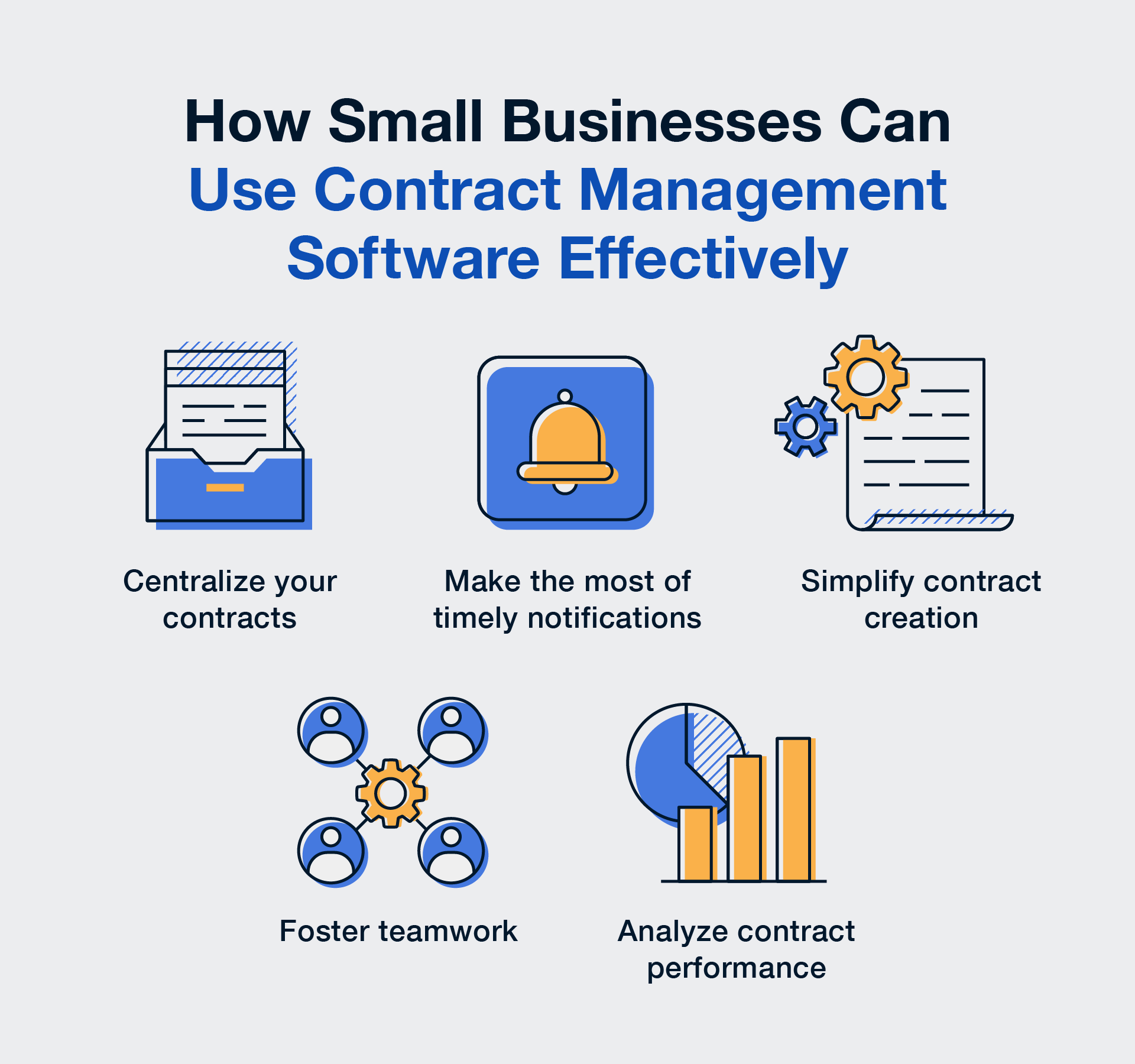Tracking changes, also known as redlining, refers to the contract lifecycle stage where legal teams and other contributors take turns reviewing, marking, striking, or commenting on the proposed terms of the contract. The redlining process is often considered the lengthiest stage of the contract lifecycle, and it's not uncommon for the process to take months or even years to finalize. Companies frequently need multiple departments and employees to review a single document. The redlining process also occurs in rounds, with both companies taking turns revising the proposed terms of the agreement.
Despite the time-consuming nature of the redline process, it's important that contracts are reviewed quickly and efficiently in order to create a positive customer experience and secure goods and services in a timely manner. The faster a company is able to transact, the faster a company is able to grow. The tools a company has in place to facilitate redlines and track changes has an enormous impact on the time it takes to thoroughly review a legal agreement. When done manually, the process is tedious and error-prone. On the other hand, when the process is conducted within a contract management system, it can be streamlined and efficient. Below are three features of contract management systems that help businesses better track changes during the contract review process:
Centralized Editing
At many companies, contracts are stored in a shared drive folder. During the review process, employees must go through the trouble of locating the document, opening it, making edits, and saving a new draft. The problem with this process is that if two participants edit the same document at the same time, changes can easily be lost or overwritten. While some networks attempt to prevent this by restricting document access to one employee, this solution significantly prolongs the review process.
A contract management platform solves this problem by providing a secure, centralized location where multiple employees can simultaneously edit a single document as opposed to editing multiple copies of the same contract. Not only does this reduce risk by preventing lost changes or overwritten redlines, but it also saves a lot of time. Some platforms also have user roles and permission settings that allow contract managers or business leaders to assign employees read/write access on a particular document.
Version Control
Many businesses attempt to conduct contract reviews through a lengthy email thread. In these cases, the legal department will pass an initial draft off to a contract manager, who will then send it via email to all other stakeholders (leadership, finance, procurement, sales, etc.). Each department representative will independently review the document. After adding comments or proposing redlines, each stakeholder will email a new draft back to the contract manager, who is then responsible for combining the proposed changes into a single draft. The problem with this process is that even the most organized contract manager can easily miss feedback or make mistakes when juggling multiple contract drafts and aggregating changes into a single document. Not to mention, this process takes a lot of time.
Contract management software simplifies this process through version control - a feature that allows multiple employees to simultaneously review a single document. Each employee can make his or her own edits within a single document and version control can automatically combine all changes into one file. By ensuring all employees are working from the latest draft, version control can speed up the process and prevent redlines from falling through the cracks.
Audit Trails
When several employees are reviewing the same contract, having the ability to track who made what changes and when - is imperative. It provides both transparency around the contract management process and better insight into which changes came from what departments.
Because employees log-in to a centralized location, your contract management system is able to provide an audit trail that records every action taken during the review process. The audit trail can show contract managers and business leaders who uploaded the latest version of a contract or made changes to an existing document, along with the associated timestamp of the action.
Outdated, manual processes for redlining contracts and tracking changes are time-consuming, risky, and generally do not scale. In today’s fast paced business environment, companies can't afford to have a backlog of client contracts stuck in the legal queue. In order to keep up and remain competitive, businesses must figure out how to quickly streamline contract reviews and redlines without error. The good news is contract management software can help.
If your business is looking for ways to better track changes with contract management software, schedule a demo of ContractSafe today. ContractSafe’s cloud based contract management platform provides a centralized contract storage location equipped with version controls and audit trails, to help customers better streamline contract reviews.
















